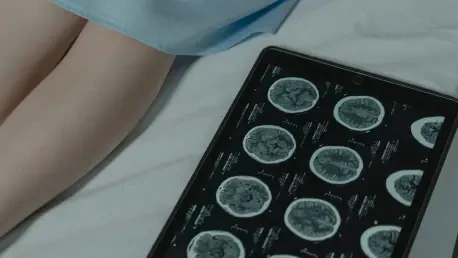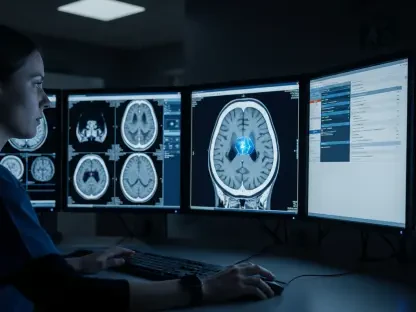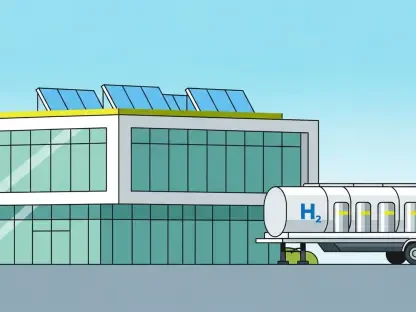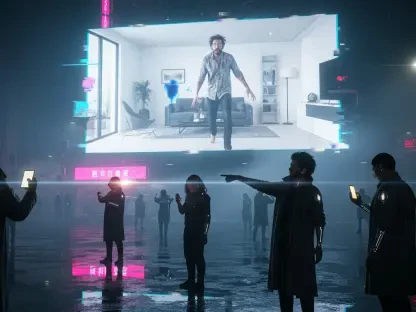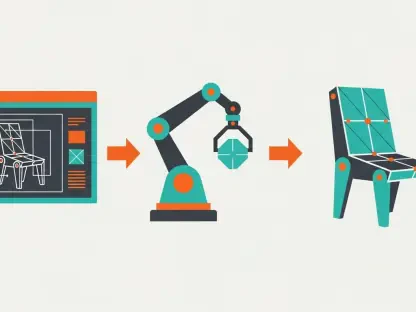In the delicate world of neonatal care, few challenges are as daunting as bronchopulmonary dysplasia (BPD), a severe lung condition that primarily affects extremely premature infants and stands as the most common complication of early birth. For clinicians, the struggle to accurately assess the severity of BPD and predict which tiny patients will need long-term respiratory support has long been a critical gap in medical practice. At Children’s Hospital Los Angeles (CHLA), a pioneering research effort is underway to address this issue with an innovative tool: low-field MRI technology. This approach promises to revolutionize how lung health is evaluated in these vulnerable infants, offering a safer and more comprehensive way to understand both the structure and function of their lungs. By shedding light on a condition that has historically been difficult to manage, this technology could pave the way for more personalized and effective interventions, potentially changing the trajectory of care for countless newborns.
Breaking New Ground in Neonatal Imaging
Revolutionizing Lung Assessment with Low-Field MRI
At the forefront of neonatal diagnostics, CHLA has taken a significant leap by integrating low-field MRI technology, specifically the Siemens FreeMax 0.55 Tesla MRI, into their research arsenal. Unlike traditional imaging methods such as CT scans, which expose fragile infants to harmful radiation and focus solely on structural details, low-field MRI offers a safer alternative that requires no anesthesia. What sets this technology apart is its ability to capture not just the physical layout of the lungs but also critical functional aspects like airflow and blood circulation through advanced techniques such as phase-resolved functional lung scans (PREFUL). This dual capability addresses a longstanding limitation in BPD diagnosis, where clinicians have lacked tools to fully understand lung performance. As a result, this innovation stands poised to provide a clearer picture of how the lungs operate in real time, potentially transforming the approach to managing this complex condition in the most vulnerable patients.
Addressing Diagnostic Gaps in BPD Care
The impact of low-field MRI extends beyond mere imaging; it tackles a fundamental challenge in neonatal care by offering a way to stratify the severity of BPD with unprecedented precision. Historically, medical teams have struggled to predict which premature infants, often born at or before 32 weeks’ gestation, will face severe outcomes due to the absence of reliable measurement tools. This technology fills that void by providing detailed insights that correlate imaging data with clinical indicators such as hospital stay length and the need for interventions like tracheostomy. By focusing on infants around their expected 40-week due date, researchers at CHLA are building a foundation of data that could help identify high-risk cases early on. Such early identification is crucial for tailoring treatments to individual needs, moving away from the generalized strategies that currently dominate BPD management and toward a more nuanced, patient-specific model of care that could improve long-term health outcomes.
Future Implications and Broader Applications
Personalizing Treatment Through Predictive Insights
Looking ahead, the potential for low-field MRI to reshape BPD treatment lies in its capacity to predict disease progression and enable personalized care plans. The ongoing study at CHLA, which has already enrolled a small cohort of infants, aims to link MRI findings with tangible clinical outcomes, providing a roadmap for identifying which babies are at greater risk of severe complications. This predictive power could allow healthcare providers to intervene earlier with targeted therapies, potentially reducing the burden of long-term respiratory support. Experts leading the research anticipate that within the next three to five years, this technology could transition from experimental use to standard clinical practice. Such a shift would mark a significant departure from the current one-size-fits-all approach, ushering in an era of precision medicine for neonatal lung conditions and offering hope to families grappling with the uncertainties of premature birth and its associated challenges.
Expanding Horizons Beyond BPD Diagnosis
Beyond its immediate application in BPD, low-field MRI holds promise for a wider range of respiratory conditions across different age groups, showcasing its versatility as a diagnostic tool. Researchers envision using serial MRI scans for longitudinal studies to monitor lung development and recovery over time, given that lung growth continues well into adolescence. This capability could provide invaluable insights into the recovery process and inform real-time adjustments to treatment plans. Additionally, the technology could enhance clinical trials by offering quantifiable endpoints to assess the efficacy of new therapies for BPD and other conditions like cystic fibrosis, asthma, and even adult diseases such as chronic obstructive pulmonary disease (COPD). By establishing a robust framework for evaluating lung health, this innovation may redefine research methodologies and therapeutic approaches, extending its impact far beyond the neonatal intensive care unit to benefit a broader spectrum of patients with respiratory challenges.
Reflecting on a Path Forward for Neonatal Innovation
Reflecting on the strides made at CHLA, it becomes evident that low-field MRI has opened a new chapter in the fight against BPD, providing a safer and more detailed lens through which to view lung health in premature infants. The early phases of research have demonstrated the technology’s ability to bridge critical diagnostic gaps, capturing both structural and functional data without the risks tied to traditional imaging. As the study progresses, the correlation of MRI results with clinical outcomes has laid the groundwork for predictive models that promise more tailored interventions. Looking back, the cautious optimism expressed by the research team underscores a balanced recognition of both the potential and the hurdles that lie ahead. Moving forward, the focus should remain on expanding longitudinal studies to track lung recovery, refining clinical trial methodologies, and exploring applications for other respiratory conditions. These steps could solidify low-field MRI as a cornerstone of personalized medicine, offering renewed hope for improved care across generations.
